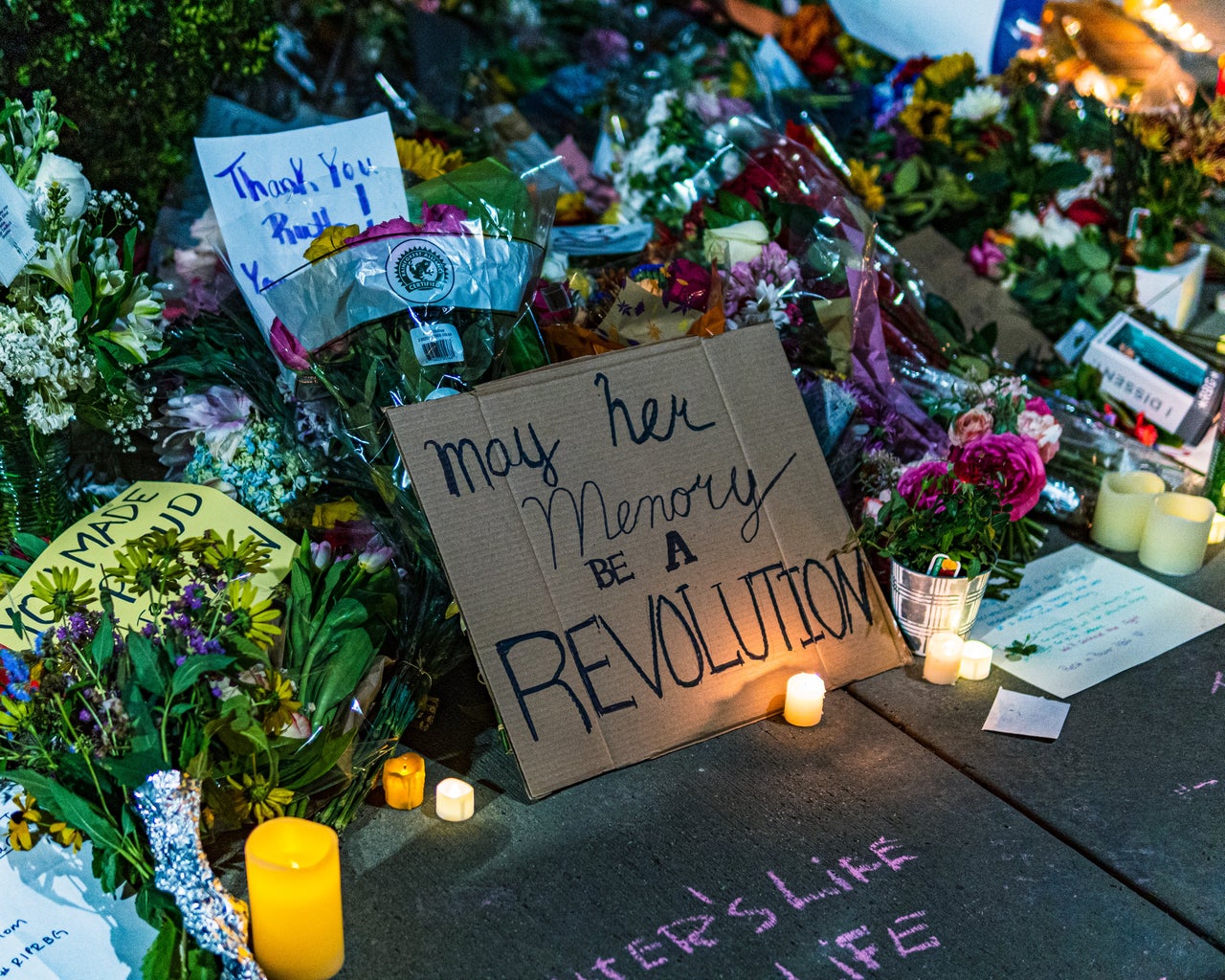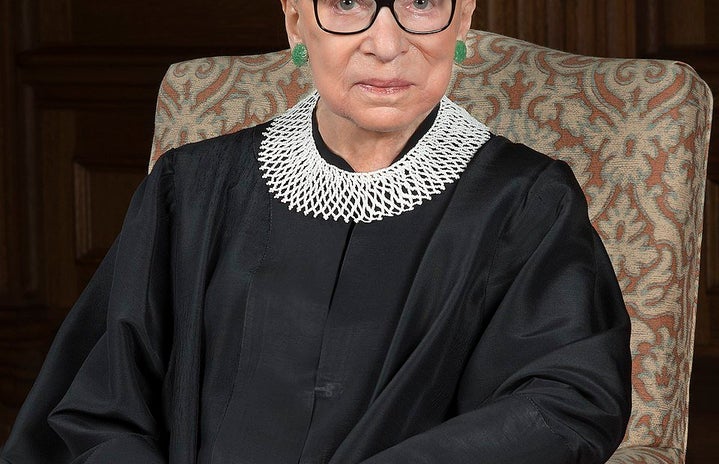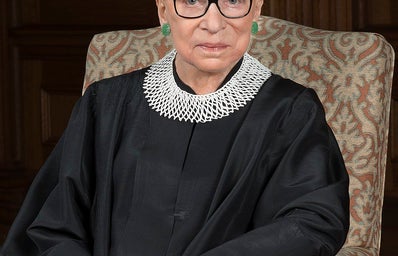Supreme Court Justice Ruth Bader Ginsburg, one of the most prolific women’s rights advocates in recent memory, has passed away from complications with pancreatic cancer. At 87, she was the oldest current sitting Justice. Her death sent shock waves around the nation, as women everywhere grieved the loss of a modern-day pioneer for women’s equality. During one of the tensest election years to date, the legacy Ginsburg left behind may be challenged if President Trump is able to push a nominee through the Senate before a new president is inaugurated. During his initial campaigns for the presidency, again solidified with the recent release of a letter to his voters, Trump has promised to appoint a Justice who would immediately “overturn”* Roe v. Wade, the historic case that allowed women the right to have an abortion without government interference or restriction. With the reproductive rights of women around the country now at risk, it is important to look at how the strides Ginsburg took during her career changed life for American women.
Although she graduated top of her class at Columbia, she was refused employment because of her gender. Even more so, she was forced to conceal her first pregnancy for fear of job loss once it was known she was pregnant. This adversity lit the fire that fueled her fight for equal rights for women, in and out of the workplace. In Hibbs v. Nevada, Ginsburg argued that the stereotyping of women as housewives was unfair and unjust. Her work led to a decision on the case that allows employees up to 12 weeks of unpaid leave that may be used for pregnancy and birth of a child, with conditions that are non-gender specified. Women are able to now work without fear of job loss or retaliation if they become pregnant and resume their place in the workforce once recovered.

Conversations have centered around the fear of accessibility and legality of safe abortions being jeopardized with a no longer liberal-leaning court majority. Numerous cases regarding abortions have passed through the Supreme Court, (at time of publication, there are 16 that may possibly go before the Justices), with Ginsburg being a powerhouse supporting the legality. With her sudden passing, Trump is pushing to appoint his third Associate Justice before the 2020 Presidential inauguration. His actions, while garnering support from Senate Majority Leader, Mitch McConnell, have attracted tremendous outcry from Senate minority leaders, citing the treatment of Merrick Garland and the untimely death of Justice Antonin Scalia. Former President Obama nominated Merrick Garland over eight months before the 2016 Presidential election, well within the respected time before a new President would be inaugurated. Republicans refused to allow the nomination to pass, with Mitch McConnell claiming, “The American people should have a voice in the selection of their next Supreme Court justice. Therefore, this vacancy should not be filled until we have a new president.” The hypocrisy of the Senate Majority is evident in pushing their agenda to replace a liberal-leaning justice with a (sure to be) Conservative appointee by Trump. Shortly before her death, Ginsburg lamented to her daughter how she wished to not be replaced until after the Presidential inauguration.
The future of the Supreme Court, and the cases waiting to go before the court, currently rest with Trump and the Senate. However, the Thurmond Rule, while not legally binding, requires both party leaders, as well as the judiciary chairman and ranking minority member to consent before the confirmation of a new judge. It will be a true test of leadership if either party respects this tradition.
No justice is able to simply “overturn” a court decision. They may rule on a new case that “overrules” previous decisions made by the court.



